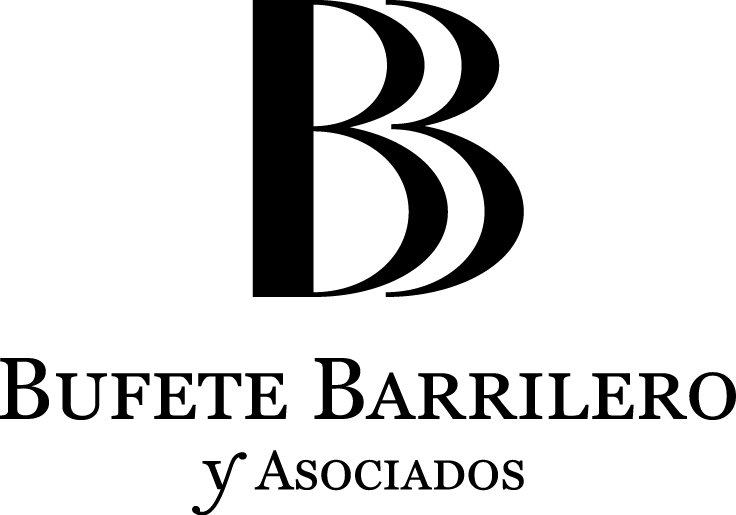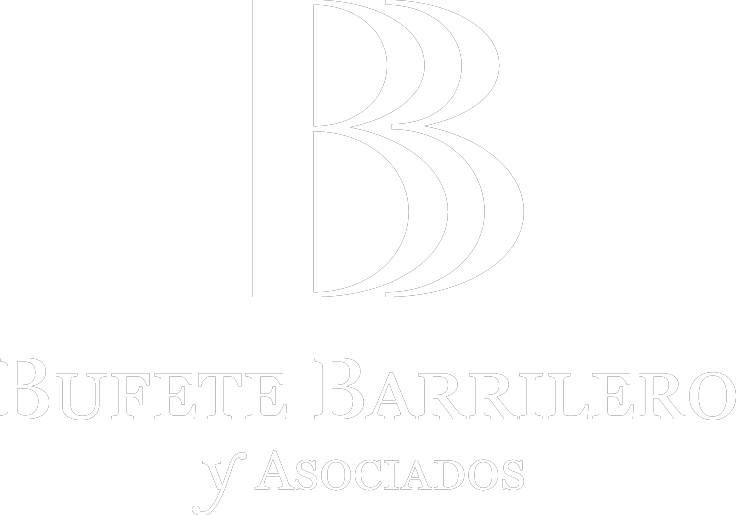Regardless whatever of the source or the nature of a crisis it always ends up affecting a company’s liquidity, as we are already experiencing due to COVID-19. In fact the 2008 crisis was fundamentally a liquidity crisis and whereas this crisis is mainly health and a demand, sooner or later it will impact company liquidity.
The fact that the economy as a whole is not only comprised by customers and suppliers but by many other players that operate across several markets must not be ignored. Global stock markets are suffering major losses, the oil market is hitting historical lows, risk premiums are increasing, etc.
This is a direct consequence of the major lock-down of facilities worldwide, yet it ultimately responds to the general uncertainty over the evolution of the pandemic in the short and medium term. We are still in a position from which we cannot determine the evolution of the virus, nor can we assess the extent of its impact on life as we know it, even in the hypothetical scenario of positive early vaccine results that may prevent it from recurring in the future. This lack of confidence affects risk perception and, thus, its assessment.
NEW PREDICTIONS
We must reconsider our financial predictions: what appeared to be a considerably conservative working capital, will most likely no longer be the case. This will also be true for the predictions over the company’s results defined for reasonable scenarios, as well as for the company’s cash flows expectations.
We must make new predictions for the company’s various departments and carry out appropriate liquidity stress testing subject to the present economic climate.
Treasury forecasts may surprise us if we apply criteria such as partial activity closures for a two-week period every four months throughout the following year and a half, as some scientific research has predicted. It is critical that we prepare a new financing plan depending the new treasury results before other third parties, such as banks to reassess the risks they hold with the company and access to financial solutions becomes considerably more complicated.
SOURCES OF FUNDING
In addition to the internal measures that help to restructure our financial flows reducing expenses, deferring payments, increasing income, anticipating payment, it will be necessary to resort to external financing sources, among which we must highlight ICO guarantee lines, to the sum of 100,000 million euros issued and passed by Royal Decree-Law 8/2020, of March 17th, of extraordinary and urgent measures to address COVID-19’s economic and social impact, the first round of which, amounts to 20,000 million euros and is already running out despite being in the initial commercialization phase by different entities.
Therefore, the government has already issued a second round of guarantee lines also amounting to 20,000 million euros, as provided by the resolution of the Treasury Secretary of State published last 11th of April in the BOE (Official State Gazette). To this end, companies must be prepared to prove to the relevant institutions their financial needs due to COVID-19 with sufficient clarity, rigor and support. Let’s not forget, that these lines only benefit from government guarantee up to 60-80% depending on the size of the company, and that they will only be available until this 30th of September, draining of said funds notwithstanding.
Autonomous regions are also adopting and providing further financing lines, however due to the substantial volume of the guarantees as per the government’s coverage up to 80%, it seems that ICO’s guarantee lines are going to be the primary support system for Spanish companies during the upcoming months.


